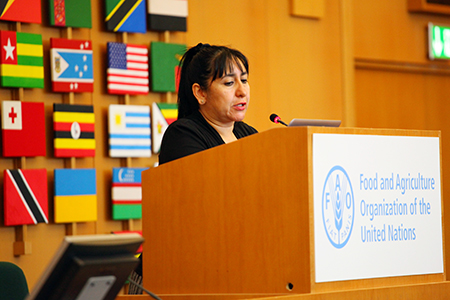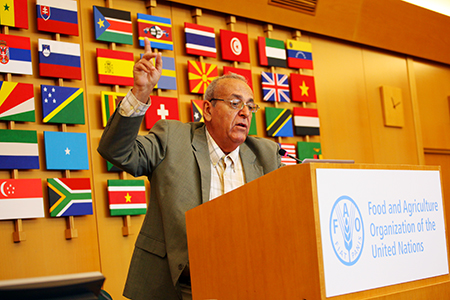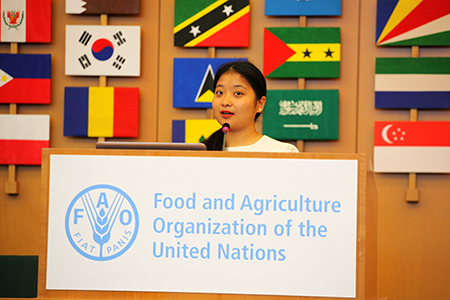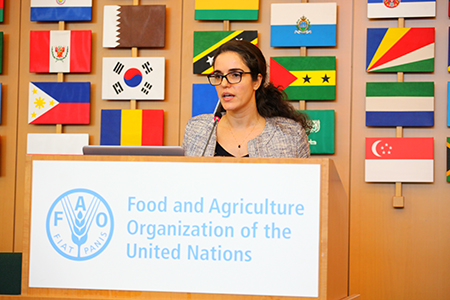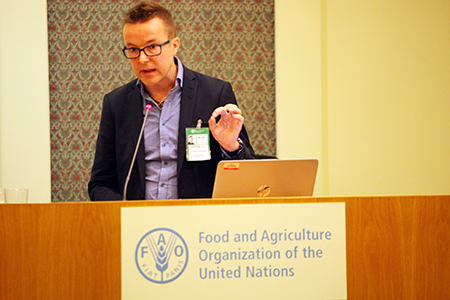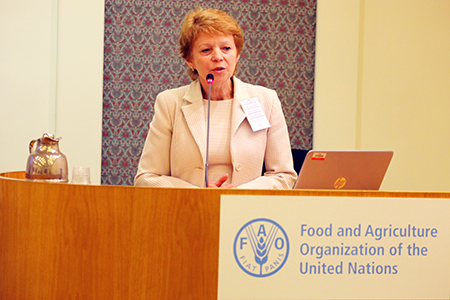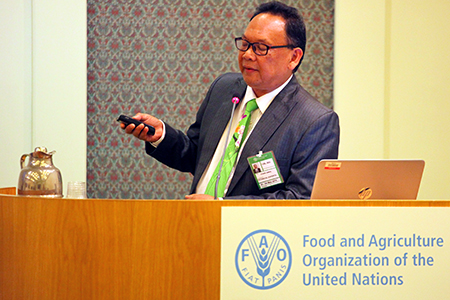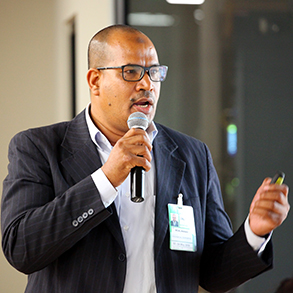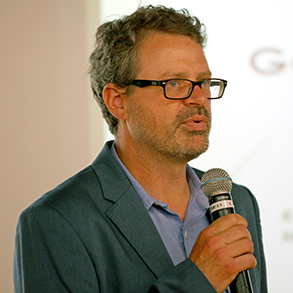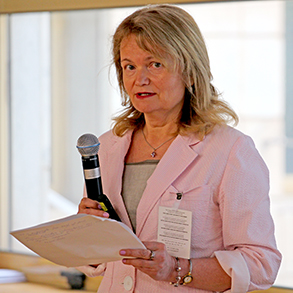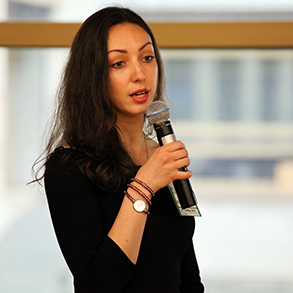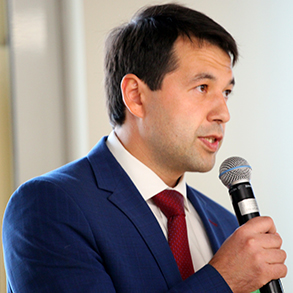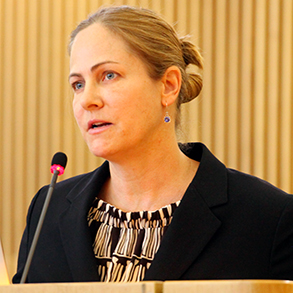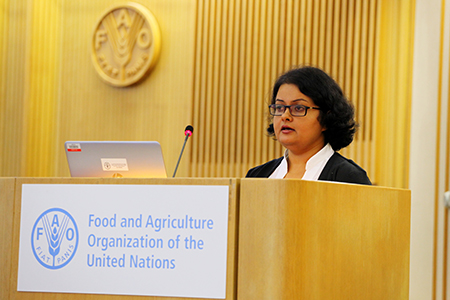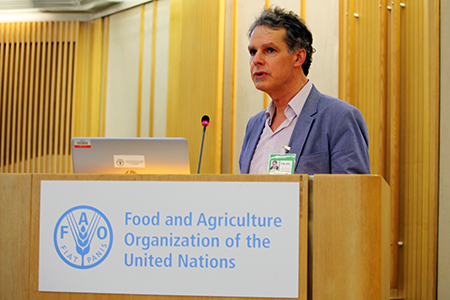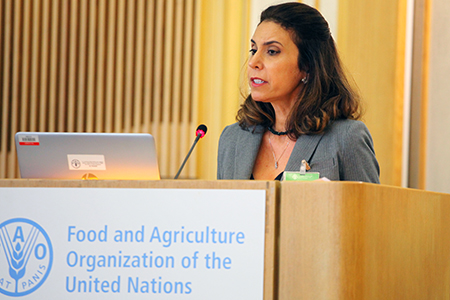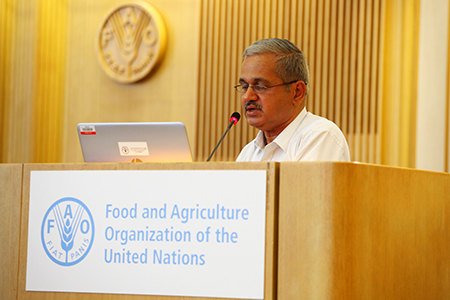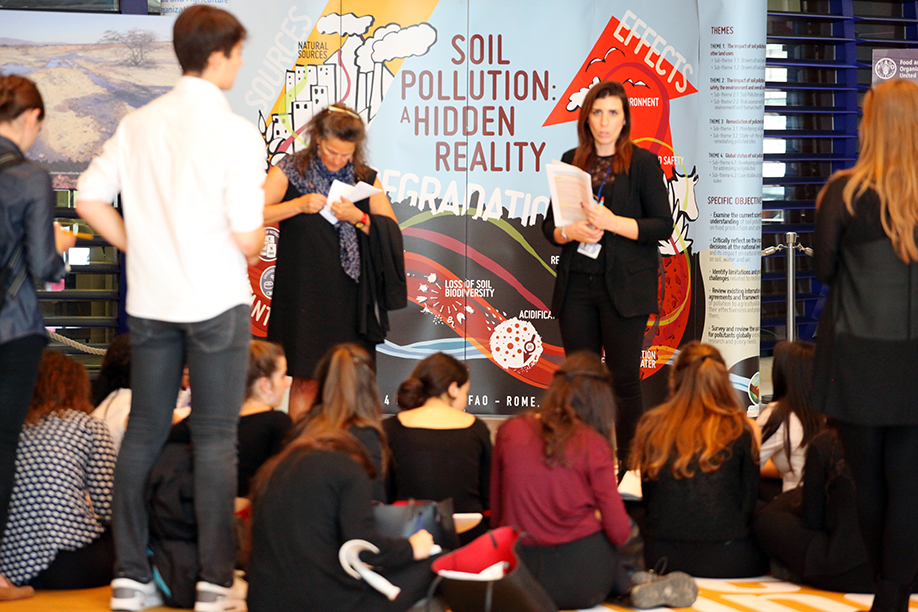Summary
On Thursday, participants in the Global Symposium on Soil Pollution (GSOP18) met in four parallel sessions throughout the day to address the Symposium themes: soil pollution on agricultural fields and other land uses; the impact of soil pollution on food production and safety, the environment and overall human well-being; remediation of polluted sites; and developing policies and setting thresholds for addressing soil pollution and the global status of soil pollution.
During the morning, participants addressed four sub-themes in parallel sessions: drivers of soil pollution in agricultural fields; soil pollution and food safety; monitoring soil pollution; and developing policies and setting thresholds for addressing soil pollution.
In the afternoon, they deliberated on the sub-themes of: drivers of soil pollution in non-agricultural soils; risk assessment of soil pollution on the environment and human health; state of the art of remediation techniques of polluted sites; and case studies at global, national, and regional scales.
Four side-events took place during the day. At midday, in a side-event co-organized by FAO and UN Environment, participants discussed the implementation of the UN Environment Assembly Resolution on addressing soil pollution in an effort to move the global soil pollution agenda forward. A parallel side event organized by FAO focused on water pollution from agriculture. In the afternoon, participants discussed policies, indicators, and assessments for tackling soil pollution in Europe in a side-event co-organized by FAO, the European Commission, and the European Environment Agency. Additionally, a side-event focusing on bioavailability of contaminants in soil, co-organized by FAO and the Interstate Technology and Regulatory Council, trained participants on: determining when a bioavailability assessment may be appropriate; selecting appropriate methods to evaluate soil bioavailability; and using tools to develop soil bioavailability estimates.
Highlights of the day also included:
- Mapping of the distribution of heavy metals in different parts of the world
- Presentation of case studies on contaminated land management at national level
- Consideration of sustainable remediation techniques going beyond temporal and spatial boundaries, and using sustainability assessment frameworks
- Discussions on pathways of emerging pollutants, including microplastics, from soil to crops, and implications for human health
- Production of short videos with key participants, highlighting the magnitude of soil pollution and why it should be of global concern
IISD Reporting Services, through its ENB+ Meeting Coverage, has provided daily digital web updates and a summary report from GSOP18. The summary report is now available in HTML and PDF.
Rosalina Gonzalez, Universidad de La Salle, Colombia ©FAO
Olegario Muñiz Ugarte, Ministerio de la Agricultura, Cuba ©FAO
Yueling Qi, Wageningen University and Research, The Netherlands ©FAO
Ana Lima, University of Waterloo, Canada ©FAO
Jussi Reinikainen, Finnish Environmental Institute, Finland ©FAO
Koen Oorts, ARCHE Consulting, Belgium ©FAO
Tamara Kukharchyk, Institute for Nature Management, Belarus ©FAO
Ismail Ithnin, Department of Environment, Malaysia ©FAO
Abdelaziz Belal Belal, National Authority for Remote Sensing and Space Sciences, Egypt ©FAO
Phillip Owens, Department of Agriculture, US ©FAO
Tatiana Stefanovska, National University of Life and Environmental Sciences, Ukraine ©FAO
Anna Paltseva, Brooklyn College of the City University of New York, US ©FAO
Petr Sharov, Blacksmith Institute/Pure Earth, Azerbaijan ©FAO
Andrea Otteson, Food and Drug Administration, US ©FAO
Warshi Dandeniya, University of Peradeniya, Sri Lanka ©FAO
Frank Swartjes, RVM National Institute for Public Health and the Environment, The Netherlands ©FAO
Valéria Cristina Palmeira Zago, Centro Federal de Educação Tecnológica de Minas Gerais, Brazil ©FAO
Shadananan Nair, Centre for Earth Research and Environment Management, India ©FAO
Participants in discussion
